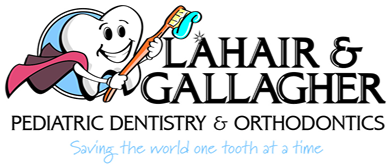

New Patient Forms:
New Patients, save time by printing out and completing the forms below before your first visit.
Contact and Insurance Information
Authorization to Release Information
Orthodontics
Orthodontics is the branch of dentistry that specializes in the diagnosis, prevention and treatment of dental and facial irregularities. The technical term for these problems is "malocclusion", which means bad bite.
The result of orthodontic treatment can be dramatic - beautiful smiles, improved dental health, and an enhanced quality of life for people of all ages. Orthodontic problems must be diagnosed before treatment begins. Proper diagnosis involves careful study of photographs, x-rays, and dental impressions.
Treatment typically lasts from 6 to 30 months, depending on age, and the severity of the orthodontic problem. Outstanding results are also highly dependent on the maximum cooperation and coordination of care between you and our practice. We are committed to delivering the best possible service in order for you to achieve your orthodontic goals.
What Is The Right Age For Orthodontic Treatment?
All children should receive their first orthodontic evaluation around age seven. This allows early identification of potential problems. Certain orthodontic conditions are often best treated at this age. Full braces are placed after most of the permanent teeth erupt. Adults are also prime candidates for orthodontic treatment.
The timing of your treatment is VERY important. A consultation will allow us to better understand your needs. Please contact our office if you have any questions.
How Does Braces Work?
There are two main components of braces, brackets (which are bonded directly to the tooth) and arch wires that connect the brackets. Contrary to what most people think, it is the arch wire that actually moves the teeth. The brackets serve only as "handles". The arch wire generates a steady gentle pressure to move the teeth into the proper position. Like moving a stick through sand, as the tooth moves, the bone gives way on one side, and fills in on the other. Elastics are used to make the upper and lower teeth bite together properly.

